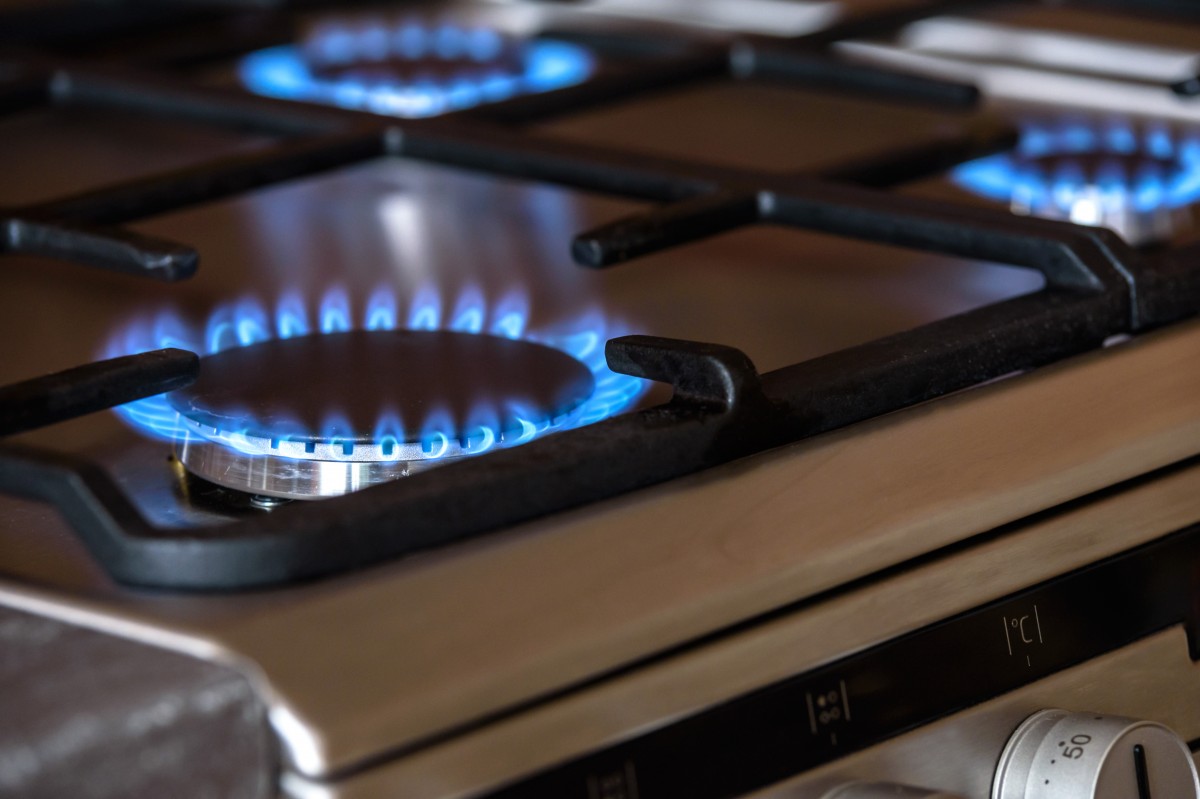
Last September, the World Health Organization (WHO) issued an alarming report naming Indoor Air Pollution (IAP) as the leading cause of death worldwide. The report asserts that IAP claims no less than 2 million lives a year, particularly in developing countries.
Cooking and heating houses with solid fuels or using traditional stoves in poorly ventilated rooms can have catastrophic repercussions for the health of people, mostly women and children, who are exposed for hours on end every day to carbon monoxide and small particles in the polluted air. Not only does the smoke blacken the walls while filling the room, but it also sickens those within.
In urban areas in Egypt, households are equipped with gas stoves which are not thought to cause any health damage and are considered “clean.”
However, in rural Egypt, traditional cooking and heating methods have barely evolved and many women still use traditional stoves to prepare meals and bread, although some households may have more modern stoves.
The use of biomass for cooking and heating also has drastic consequences for the environment, as the number of people relying on biomass fuels is projected to increase from 2.4 billion to 2.7 billion by 2030 if biomass usage continues at its current rate. Non-renewable harvesting of biomass contributes to the deforestation, while the sooty particles emitted by inefficient stove combustion are powerful pollutants contributing to climate change.
“Rural women still use traditional furnaces in which they stuff crop residues, mostly cotton and corn, and dried animal dung. They also pour kerosene on the heap in order to give the fire a quick start,” according to Dr. Alia, a professor and chemist at the National Research Centre (NRC) in Giza who specializes in air pollution.
Within these homes, a thick black smoke forms that is composed of carbon monoxide, carbon dioxide, and nitrogen dioxide.
“Women all gather to cook and help each other and every day they pick a new house to do the cooking in. They sit in a circle around the stove –made of mud with two openings: a small one at the bottom for the fire and a larger one higher up to place the food—and the dark smoke is at the exact level of their faces,” Alia explains, stressing that children are also affected as they usually sit with the women.
Prolonged exposure can lead to fatigue, confusion, dizziness and nausea. The particles released by burning of biomass are volatile and easily absorbed by all who are exposed to the furnace.
“In an insufficiently ventilated area, carbon monoxide kills before you know it!” exclaims Dr. Nevine, an assistant professor at the NRC focusing on the environment and occupational medicine.
She explains that heavy exposure to carbon monoxide causes adverse effects in humans by combining with hemoglobin to form carboxyhemoglobin in the blood.
“When this happens, the blood is no longer capable of carrying oxygen through the body and death can occur in less than three minutes,” she says, adding that simple ventilation through opening windows and doors can reduce the risk dramatically. Accumulation of carbon monoxide is very difficult to detect as it is odorless, colorless, tasteless, and initially non- irritating, which makes it especially dangerous.
Although the situation has gotten better in the past decade, as a growing number of women in the countryside have begun relying on communal stoves in open spaces, there are still some who cook indoors, with little concern about the release of toxic chemicals. Alia says that the worst damage is done when the kitchen is located at the center of the house and opens onto the bedrooms.
According to both specialists, women in rural areas have no desire to completely change their cooking habits and continue to use elementary stoves for cooking bread and fateer, while using gas stoves for the rest of the food. “Some women have placed mud ovens in a room devoid of a rooftop, covered with palm leaves to provide satisfying ventilation,” says Nevine.
The presence of animals inside the house, like chicken and sheep, and the prevalence of indoor smoking can add to the already toxic indoor air in some rural houses.
According to the WHO report, of the 2 million premature deaths caused yearly worldwide by IAP, 44% of people contracted pneumonia, 54% suffered from chronic obstructive pulmonary disease and the remaining 2% lung cancer.
Among children under the age of five, around 50% of deaths are caused by acute lower respiratory infections derived from ingestion or inhalation of solid fuel particulate matters. There is also evidence, according to the same study, of links between IAP and low birth weight, tuberculosis and ischaemic heart disease—reduced blood supply to the heart muscle.
“The only advice I can give is to ventilate while the cooking is in progress, even during the winter,” concludes Nevine.


